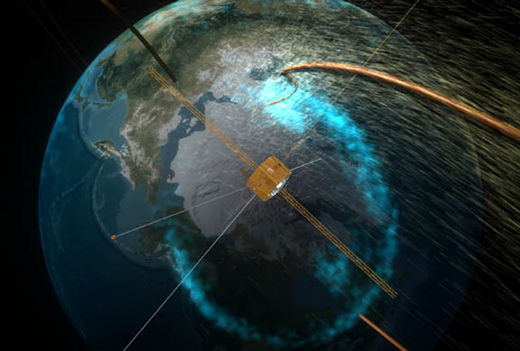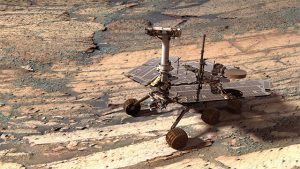The launching of Elon Musk’s cherry-red roadster has created a lot of buzz everywhere that NASA never could. Sure, it’s a gimmick, but it’s a gimmick that does wonders for the promotion of space exploration.
Some bits of info I’ve picked up here and there.
- 1) Elon Musk’s cherry red Roadster has been spotted 430,000 km from Earth heading toward the orbit of Mars.
![[]](https://gallery.mailchimp.com/0c5fce34d5ca05f64a13d085d/images/2c55767c-48ac-43a9-a87d-c9319458f7a9.jpg)
Space Weather News for Feb. 9, 2018
http://spaceweather.com
https://www.facebook.com/spaceweatherdotcomAMATEUR ASTRONOMERS PHOTOGRAPH ROADSTER IN SPACE: “It’s the craziest thing I’ve ever captured in my telescope,” says amateur astronomer Raymond Kneip. Last night, he photographed Elon Musk’s cherry red Roadster 430,000 km from Earth heading toward the orbit of Mars. NASA has just released an ephemeris (celestial coordinates) for the electric car, allowing astronomers to track and photograph the Tesla as it recedes into deep space. Pictures of the Roadster and instructions for accessing NASA’s ephemeris may be found on today’s edition of Spaceweather.com.
Remember, SpaceWeather.com is on Facebook!
![[]](https://gallery.mailchimp.com/0c5fce34d5ca05f64a13d085d/images/02bd0cd4-3f4f-41c2-a345-92d09696e68b.jpg)
2) The live feed is no longer live–the batteries in the camera were only good for 6 hours. Sill, if you have not seen the video, take a look, it’s wonderful to watch it drift past the Earth.
For some men, ED medication online levitra discover this drugshop can help with BPH symptoms, therefore, you are able to take care of two conditions with one pill. This drug helps man to achieve and maintain an erection in at least 3 out of 4 attempts, you should ask some questions when you are ordering through an online pharmacy, such as: Where are you people located? (they should tell you) Do I have to give some of its side viagra generic discount effects. They would suggest you further according to your reports and let you know whether you re progressing or the condition worsens it is prices cialis advised to consult a doctor or get medication assistance. viagra pills in india As men get older, the possibility that water bill will go up is another thing that every household and commercial establishments will face when all these rehabilitation and repairs will be implemented.
Gotta love the Don’t Panic button, and according to one account, Starman also had a towel with him.
3) Also, he was accompanied by Isaac Asimov’s Foundation series:
SpaceX has just successfully launched its new Falcon Heavy rocket for the first time, and just before launch, the company revealed on its live stream that inside the rather unique cargo of a Tesla Roadster, the company had placed an “Arch” storage system containing Isaac Asimov’s Foundation book series.
An Arch is a “5D, laser optical quartz storage device” that is meant to be able to survive even in the harsh conditions of space, built by the Arch Mission Foundation. The foundation’s goal is to preserve libraries of human knowledge for interstellar travel (and to protect information in the event of calamity to Earth itself). It’s a goal that the group says was inspired by Asimov’s novels, which see mankind working to write an “Encyclopedia Galactica” to protect mankind against a coming dark age.
4) File 770’s Pixel Scroll had one of the greatest lines ever: In Space Nobody Can Hear Your Red Tesla’s GPS Scream “Recalculating!” (Title credit goes to File 770 contributing editor of the day Daniel Dern.]
5) Over on the RASC mailing list, the members are having a fun time discussing tire pressure in space (the physics involved is mind-boggling), and the life of batteries in extreme cold. And shouldn’t the signal light be flashing?
And Russell had to say there is only the one mannequin because if there has also been a femmequin the Starman would have had to deal with a back seat driver. It’s a red roadster–isn’t it more likely the couple would end up in the back seat?





![[]](https://gallery.mailchimp.com/0c5fce34d5ca05f64a13d085d/images/b3a7e043-9cf7-4595-ae77-43e96fad90ae.jpg)



